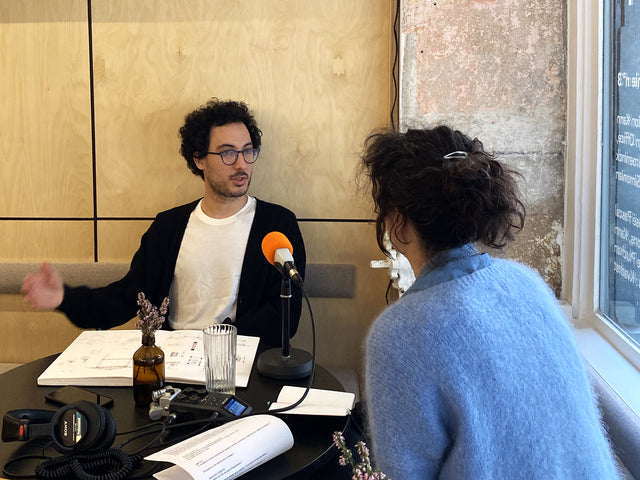
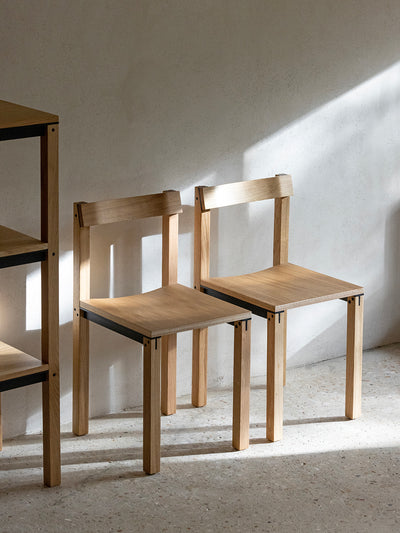
Interview by Charlotte Imbault
At the Residence Kann coffee shop, the designer of the Tal chair, Léonard Kadid, architect and product designer, talks about his creative world, his inspirations and his design practices. The Tal chair marks the first collaboration of Kann Design with the designer and the beginning of a collection, in preparation, which bears the same name "Tal". Tal for the contraction of the "T" which is the characteristic shape of the assembly structure of the entire collection and "al" for aluminium.
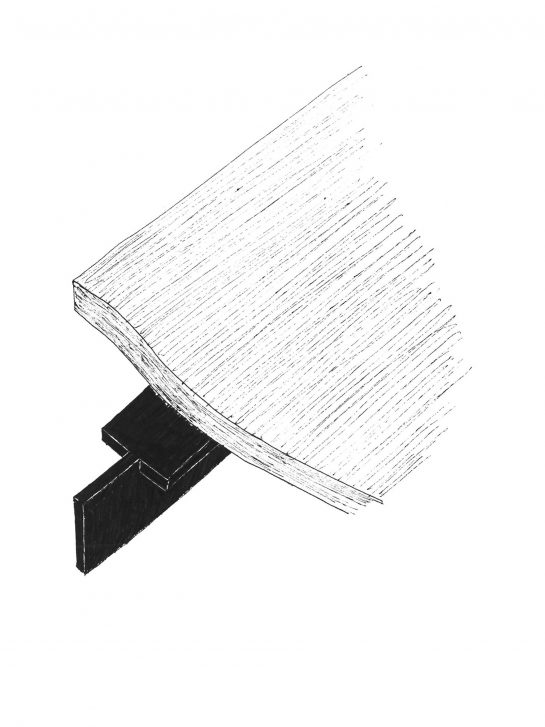
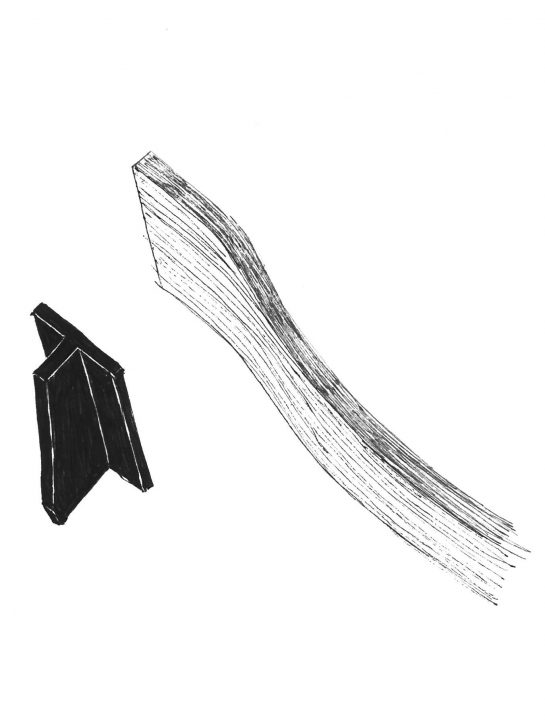
You studied architecture, how did you get into product design?
I started with architecture, studying at the École Polytechnique Fédérale de Lausanne in Switzerland and at the École d'Architecture de la Ville et des Territoires in Paris. My practice as a designer began in the workshops of architectural agencies, including the workshop of Herzog & de Meuron, which had a very large model workshop with a lot of machinery and materials available. This allowed me to develop, in parallel with my architectural practice, a practice in the creation of concrete and physical objects. I could work directly on the scale of the object, with the material, which allowed me to develop technical assembly solutions or solutions that could come from technical components that informed the project. In those early years of studying architecture, it was always something that I found interesting and that I have continued to pursue to this day.
With the object, was it the faster time to completion that you liked?
Exactly. In architecture, there are a lot of projects that don't come to fruition, that can remain at the competition or sketch stage. That's why the most important component of a project for me, whether in architecture or object design, is the model. It is the physicality that remains of the project. It is the first construction.
How do you divide your time between architecture and object design?
It's really 50/50. As an architect, I work on projects that are more of a renovation or extension nature, but I want to move on to bigger projects. I am as passionate about architecture as I am about the product. It's just that the responsibilities and time frames are very different.
How do your two passions communicate?
From the object to architecture, what interests me enormously is to break down to arrive at simple constructive systems, to have a simple and controlled realization in order to avoid the hazards in the construction. To have an approach on the scale of the object: to know the machines that will shape certain types of parts, to know their production methods. This allows me to think upstream about ways of building that make it easier to implement. On the other hand, in design, the question of structure is fundamental in my work, with an idea of economy of means. With this in mind, I develop tricks: structural principles that put material only where it is needed and that facilitate questions of assembly, disassembly and modularity.
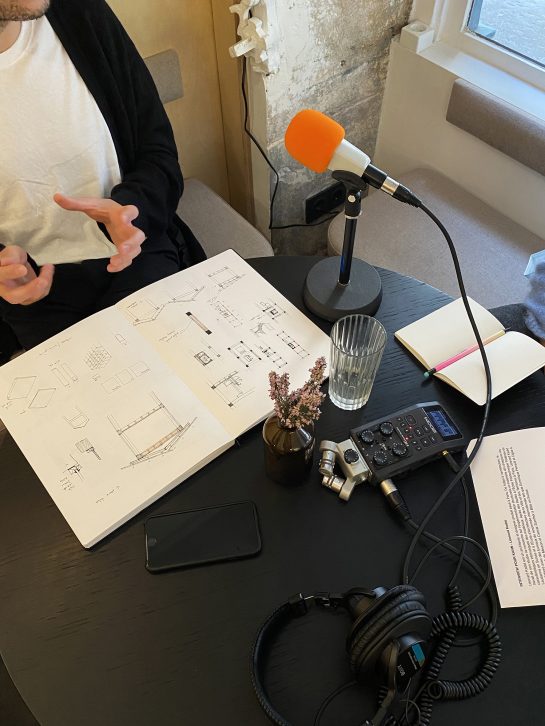
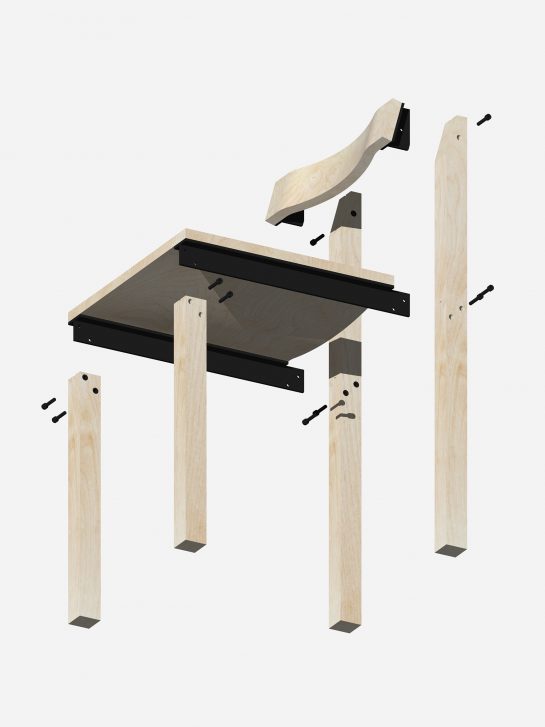
Would you define yourself as a minimalist?
No, not at all. Minimalism can be an end in itself. But that's not the idea at all, there has to be use. I work in reduction. I let the material inform the object so that I can make rational use of this quantity of material. If the forms of the material are extravagant, it's because there is a reason that will be either structural or of the order of use.
Is it the use that first informs an object?
No, in the first instance, the information really comes from the material. The material influences a mode of implementation and production and, with these modes of production in mind, I define, in a second phase, a structural system that naturally functions with the material to respond to a use and in particular to a diversity of uses. I'm interested in having several uses for a single object, to multiply the range of possibilities for an object. Recently, I designed two lamps that were exhibited at the Poggi gallery and which, when they are switched off, are monoliths, but the idea is not that they should be monoliths, but that they should make the user want to open the lamp, to fragment it and to have a whole understanding of the object by manipulating it and by observing it. It is not simply a form, although form and proportion are fundamental to a successful object. The object must fulfil its purpose, this is part of the object's 'programme'.
Would you say that you have fetish materials that you like to work with?
Not at all. I am open to all materials. For example, concrete. One of the two lamps I exhibited at Poggi in 2020 is made of concrete tinted in the mass, because I absolutely wanted to work with concrete on the scale of the object. The shape of the lamp corresponds to the way the material is used. As it is a cast material, the shapes are very simple and easy to demould. The way an object is produced is also something that will inform the design of the object. So the source of the form can come from the material, but it can also come from a technical element. This is the case for the Tal collection designed for Kann and which is going to be expanded. The collection starts from the conception of an architectural assembly that I wanted to transpose into the design. It is a constructive system that uses T-shaped aluminium profiles.
What is your relationship with paper?
I draw in notebooks, always in A4 format. I draw a lot and all the time, not necessarily in an applied way, sometimes late at night, to put down a concept or an idea of a future object. It's while I'm drawing that I think about the assembly and the mounting. I always draw before modelling in 3D software, to get a clear picture and eliminate a lot of options.
What happens after the drawings?
After the 3D modelling, for example for the chairs, I make 1:1 paper models on a stool that I like the height of. This 1:1 paper model allows me to test the contact surfaces. The fact that the chair is comfortable is part of the programme: it has to be. The use is essential. For the Tal chair, the detail of the assembly was also influenced by the fact that I wanted it to be able to be delivered flat to save on transport costs. This is part of the development work for the project. Of course, I have a great sensitivity to proportions, materials, colours and contrasts, but what I show above all is the essence of an object.
Is it this question of the essence of the object that would make you start designing an object?
Yes, I always ask myself: what is the essence of this object? What does the material want to be? That the material can also say "by being this object, I am it in an optimal way". I try to make the object have a presence. I am in this constant search to understand the essence of the object. I first started with lighting, with the luminaire in design.
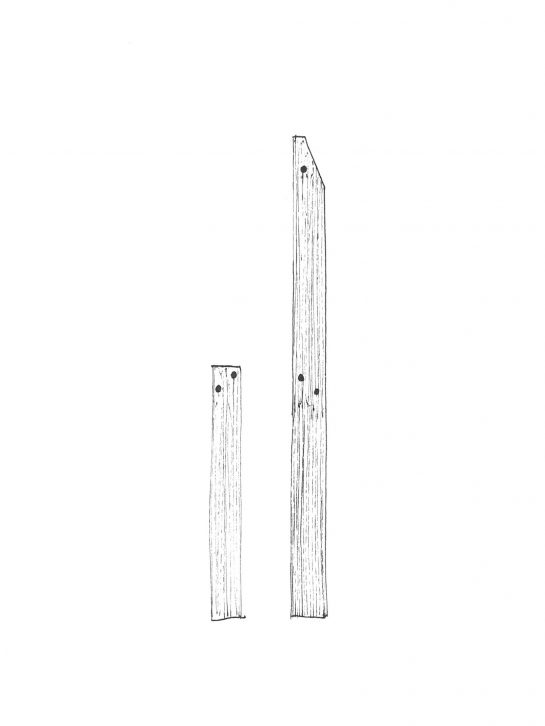
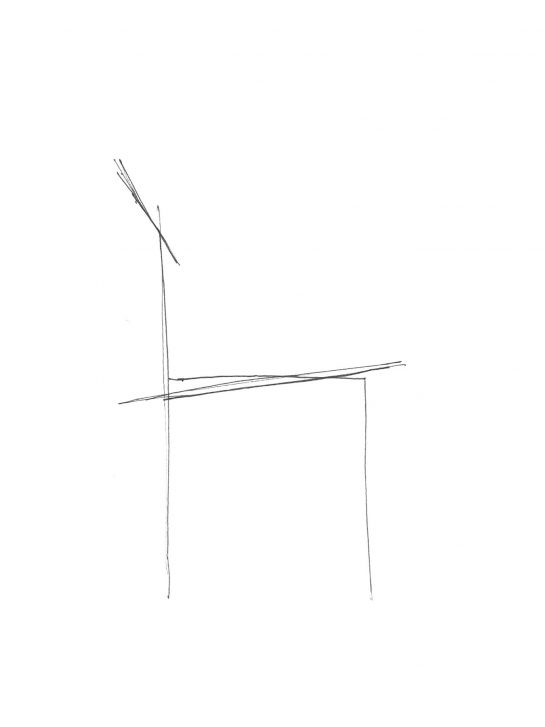
You give the impression of being a composer-chemist, at once alert to components, materials, colours, technology, production methods...
Yes, there is also the notion of sustainability. In my approach, with regard to current environmental and ecological challenges, I am more interested in the life cycle and sustainability of the object and, in architecture, in the same way. If the object is well designed and lasts, you don't need to change it and you can pass it on, and if you can pass it on, you eliminate the problem of recycling.
How do you maintain your creative universe?
Travelling is one of my most important, fascinating and liberating sources of inspiration. A lot of projects are born while travelling. When I was in Hong Kong, I was surprised by the number of very simple utilitarian objects that are made of bamboo. I brought back a little teapot stand. I always try to bring back objects or materials from my travels. At home, a real cabinet of curiosities is starting to form, with many rock samples, a block of cellular concrete, an object made of lava stone...
